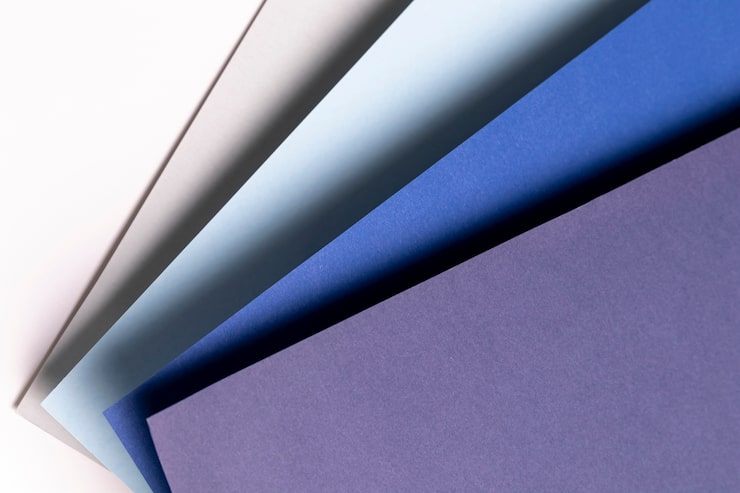Foam core PVC has gained significant popularity across various industries due to its unique combination of properties, making it a material worth examining closely. To answer the question, is foam core PVC any good?, it is essential to explore its characteristics, advantages, limitations, and typical applications. This comprehensive overview will help users and businesses understand whether this material fits their needs effectively.

Foam core PVC is essentially a lightweight, rigid sheet composed of a polyvinyl chloride (PVC) outer layer bonded to a foam core. This composition gives the material a high strength-to-weight ratio, making it much lighter than solid PVC sheets or other rigid plastics while maintaining excellent rigidity. The foam core contributes to weight reduction without compromising the sheet’s structural integrity, which makes it highly attractive for applications requiring easy handling and transportation.
One of the standout benefits of foam core PVC is its durability. It is resistant to moisture, chemicals, and UV radiation. This means foam core PVC does not easily degrade in outdoor environments and requires minimal maintenance compared to materials like wood or metal that may corrode or rot over time. The water-resistant nature also makes it ideal for humid or wet conditions, allowing for a broad range of applications both indoors and outdoors.
Additionally, foam core PVC is versatile in fabrication and design. It can be easily cut, drilled, routed, painted, and laminated, which offers manufacturers and designers tremendous flexibility. This ease of customization enables the production of a variety of products such as signage, exhibition displays, architectural models, and interior décor components. Its smooth surface takes paint and print very well, making it an excellent substrate for high-quality graphics and finishing.
From a cost perspective, foam core PVC is considered cost-effective compared to alternative materials like aluminum composite panels or acrylic sheets. It delivers a balance of affordability and performance, making it popular for projects with budget constraints without sacrificing quality.
Despite these advantages, foam core PVC is not without its limitations. Its foam core structure, while beneficial for weight reduction, limits the load-bearing capacity compared to solid plastics or metals. For applications demanding heavy structural support or high impact resistance, foam core PVC may not be suitable. It also has limitations in high-temperature environments, as excessive heat can cause deformation or warping. Therefore, understanding the operational conditions is critical before choosing foam core PVC for a particular use.
Another consideration is its environmental impact. While PVC is recyclable, the presence of the foam core may complicate recycling processes. Sustainable alternatives are being developed, but users conscious of eco-friendliness may want to explore options or confirm the recyclability of specific foam core PVC products.
Overall, foam core PVC excels in applications where lightweight construction, durability, and ease of fabrication are priorities. It is widely used in the signage industry, where it provides a durable and attractive base for advertising materials. In architecture and interior design, its versatility allows for creative solutions in decorative panels, wall cladding, and display systems. Its resistance to moisture and chemicals also makes it ideal for marine applications or environments where hygiene and cleanliness are important, such as healthcare facilities.
In summary, foam core PVC is indeed very good for many practical uses. Its strength-to-weight ratio, durability, ease of processing, and cost-effectiveness make it a strong candidate for a variety of commercial and industrial applications. When selecting foam core PVC, it is crucial to consider the specific requirements of the project, including mechanical stress, environmental conditions, and longevity expectations. Properly chosen and applied, foam core PVC delivers excellent value and reliable performance.
For anyone considering materials for projects demanding a balance of functionality and aesthetics, foam core PVC offers an impressive combination of features. Whether for temporary displays, architectural components, or signage solutions, it remains a trusted and versatile material in modern manufacturing and design.


